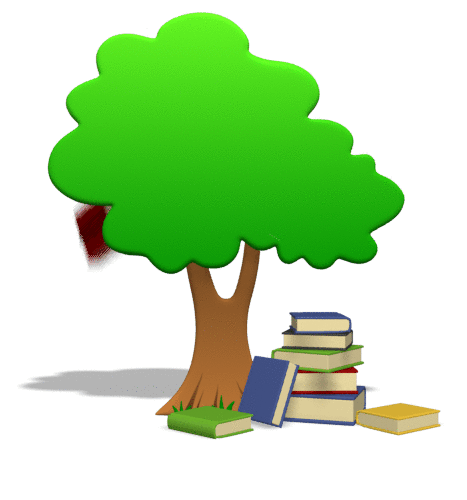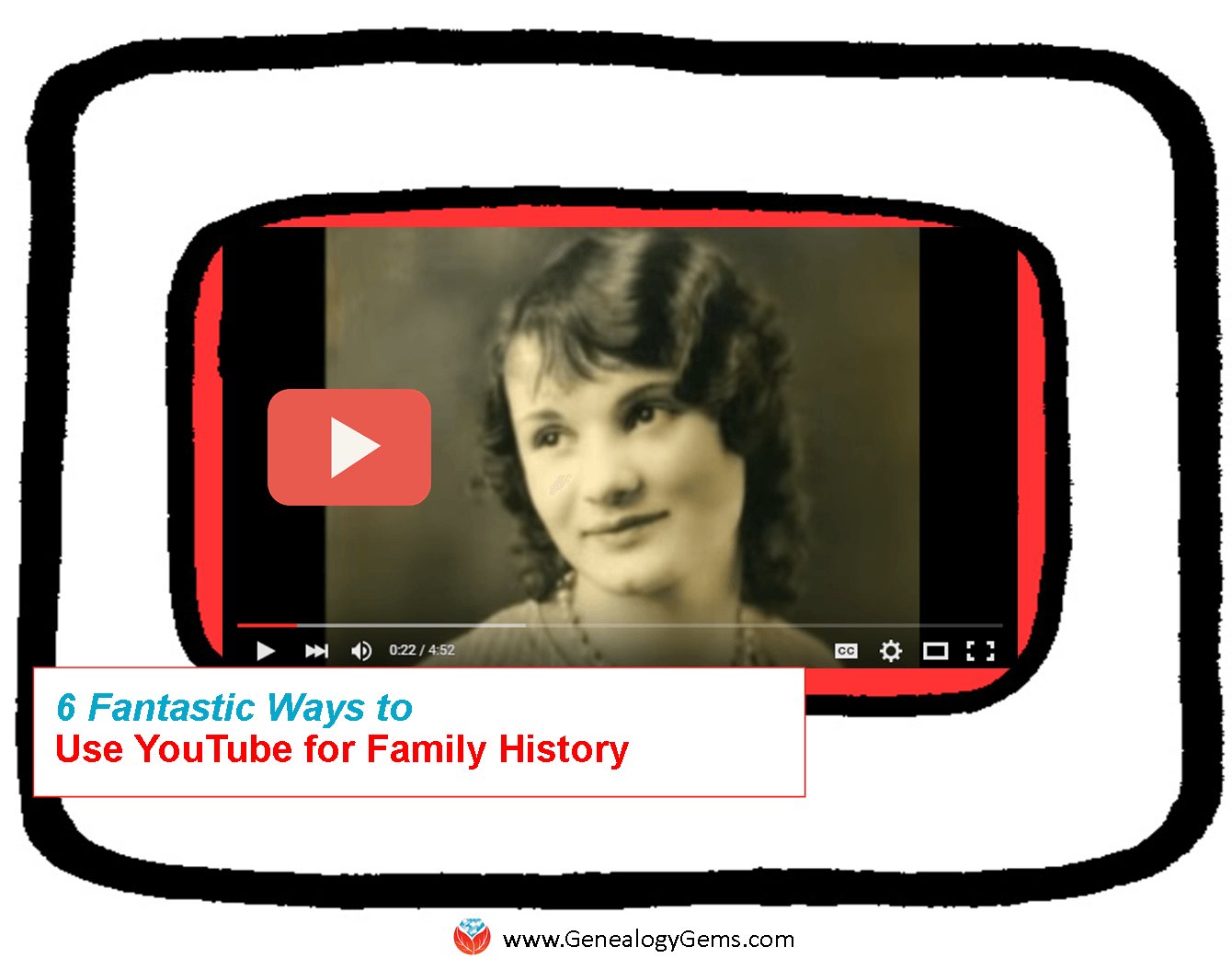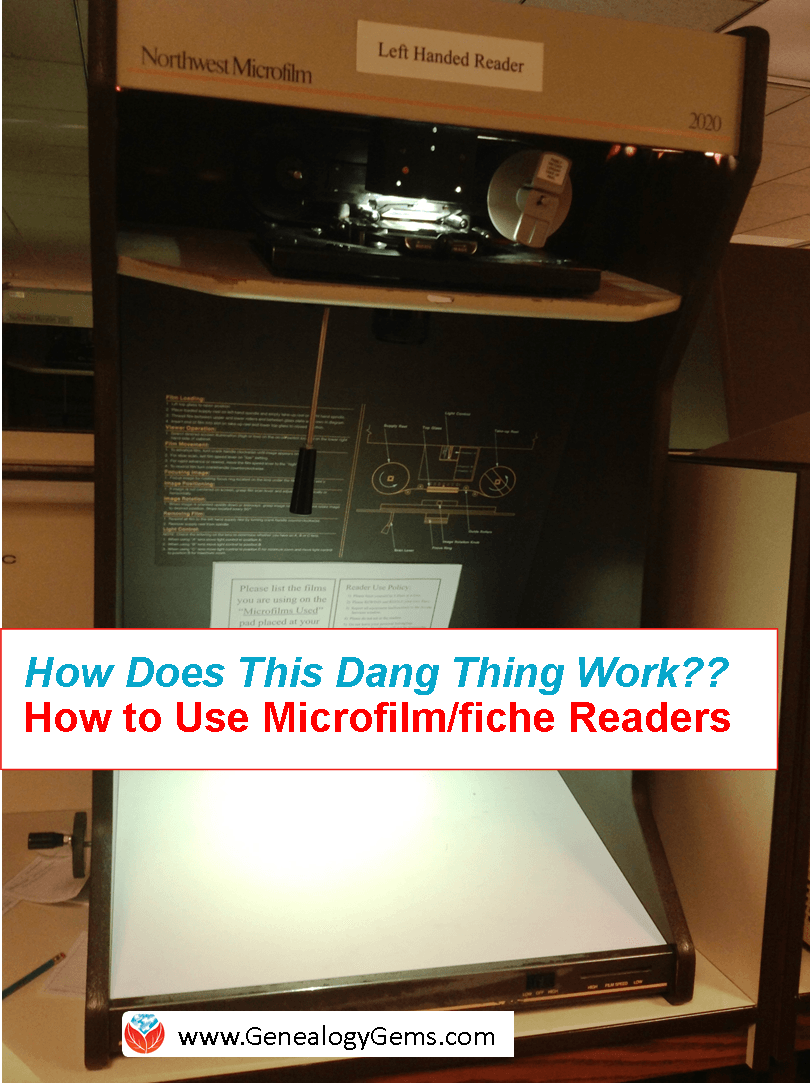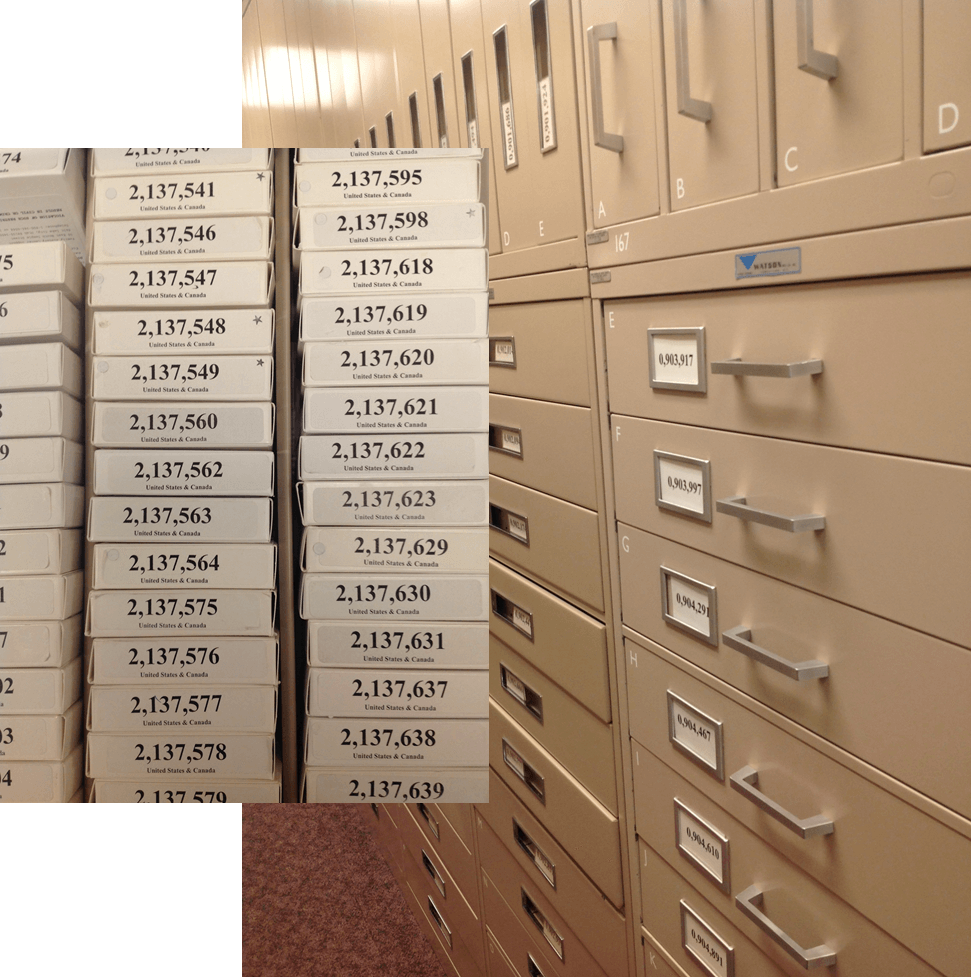Researching to write a family history narrative
Dale Spaulding discovered remarkable stories when he was researching his family for over 30 years. But he got a little worried that these really uniquely American stories were going to be lost to time if he didn’t do something about it. Maybe you have some of those same fears. It was his determination to preserve that family history that was really the driving force behind why he sat down and wrote a book about it. It’s called Fortitude, Preserving 400 years of an American Family’s Faith, Patriotism, Grit, and Determination. (This affiliate link helps support this free content.)
Dale joins me to share how he went about getting started researching his family tree to prepare to write his narrative. He also shares what motivates him to keep on researching.
Watch the Video
Show Notes
Downloadable ad-free Show Notes handout for Premium Members.
What is a Family History Narrative
- Creative Nonfiction
- More than Genealogy Names/Dates
- Stories about your Ancestor’s Lives
- Begin with Dramatic Event (Leaving the Old Country)
- Project Entails Exhaustive Research
- The Why? Legacy to Pass to My Descendants
Getting Started in Research
- Nail Down the Genealogy Data
- Caution on Ancestry.com
- FindaGrave.com
- Seek Corroborative Record Evidence
- Meticulous Documentation – Source Notes (Watch Source Citation for Genealogy)
- Become a Student of History
Research Tips
- Stories from Aging Relatives
- Town History Books
- Local Librarians
- Newspapers.com and Fold3.com (Watch Digging Deeper at Newspapers.com)
- Small Town Halls
- National Archives (Watch How to Search the U.S. National Archives Online Catalog for Genealogy)
- Census Records
- Facebook Groups: New England Genealogy
- Put on Your Detective Hat (Premium Members Watch Genealogical Cold Cases: A Step-by-Step Process.)
About Dale Spaulding
Dale R. Spaulding is a lifelong student of history. He’s discovered remarkable stories of his family’s long and rich past during thirty-plus years of research. Concerned that these uniquely American stories would be lost to time, he was determined to preserve them for generations to follow – one of the reasons he authored Fortitude: Preserving 400 Years of an American Family’s Faith, Patriotism, Grit and Determination.

Dale Spaulding, Author of Fortitude
During his career, Dale navigated the oceans and seas of the world in his twenty-two years of service in the U.S. Navy retiring as a Lieutenant Commander. Following the Navy, he was a software quality engineer and technical fellow at The Boeing Company. Dale then served as director of a national church planting organization.
Dale is a graduate of Auburn University and the U.S. Naval Postgraduate School. Now retired, Dale and his wife Nancy reside in Virginia and they have two sons and four grandchildren. He is passionate about his faith, his family and his country.
Visit Dales website: https://dalespaulding.com
Resources
Downloadable ad-free Show Notes handout for Premium Members.
Stay tuned for upcoming videos on Dale’s writing process.
More Videos & Show Notes:
- Reconstructing Your Family’s Amazing Stories (Premium)
- Share Your Life Story in a More Meaningful Way (Premium)
Create a Family History Website with Your Tree
Recently I heard from David with this question:
“Because of your consistent message of starting a family blog [and] anecdotal success from listeners, I started a family history website. A blog just seemed too small…. The ultimate goal is to display the family information for my known relatives as well as create a site that will pop up on Google search results and hopefully put me in contact with new relatives.

My question is about displaying the family tree on the website. I want to have a page that shows my family tree. I did not know how to accomplish that, so I decided to include links to my ancestry and myheritage family trees. The problem with this method is that ancestry requires you to have an account to view the tree, and MyHeritage only shows you some of the family tree and requires an account to view the rest. This is not a great method to share the family tree with relatives because not everyone has, or wants, an account with these sites. Is there a website where I can upload my family tree’s GEDCOM file and then link to it on my website where it will display all the members of my tree?”
It’s always great to hear that Genealogy Gems is helping out. Congrats on the website David! I  recommend blogs to my readers because they are quicker and easier to set up, but in reality I would rather recommend they create a family history website like you are doing. It’s better suited for the long haul of getting your word out and connecting with others.
recommend blogs to my readers because they are quicker and easier to set up, but in reality I would rather recommend they create a family history website like you are doing. It’s better suited for the long haul of getting your word out and connecting with others.
You pose a great question, and so I did what I just coached everyone in my latest episode #171 to do: just Google it! What you are describing is a ‘website plugin’ so I Googled: family tree website plugin and…Ta-da! There are some out there.
I found one for Word Press (which is where I build my site) so I may have to give that one a try. However, since you are using Weebly I went back and added “weebly” to the search and there are definitely some hits there, though I’m not sure if they specifically include a visual tree plug in. Try the searches and see if you find something you like.
My friend Caroline Pointer has a YouTube video called “Build a Family History Website & Blog on Weebly.” Around the 5:50 mark she shows how she embedded family tree charts into Weebly. Looks like she used Scribd.
Keep up the great work on your family history site!
Reviving a Memorial Day Tradition: Paper Flowers
Have you ever brought back a favorite family tradition from your childhood? I did that with a favorite Memorial Day tradition–revived with a little help from YouTube.

Deep in the hollows of Virginia lived ‘Big Grandma’ with her nine children. She was a mountain woman, schooled only in the herbs she could sell for money. Celebrations were few, but Decoration Day was special. She would gather her children together to make crepe paper flowers and then hike up the mountain to lay them on the graves of loved ones.
This year, I revived this tradition by teaching her great-grandchildren the art of making crepe paper flowers for Decoration Day (now known as Memorial Day.) It wasn’t easy. My mother hadn’t made crepe paper flowers with us since I was 10 years old!
First, we had to find the crepe paper. I tried using crepe paper streamers, but the paper was too delicate and not stretchy enough. Crepe paper is unique. It is strong and very stretchy which lends to the realistic shape of petals and leaves. With a little help from Google, I found PaperMart, an online store that sells rolls of colorful crepe paper for $1.93 a roll. Each roll is 8 feet long and 19 inches wide. A roll this big will create bouquets of lovely flowers!
I ordered a variety of colors for petals, some green for the leaves, and yellow for the middles. Floral stem wire, floral stem tape, paddle wire in 24 gauge, and tacky glue are other must-haves.
Without Grandma around, it was left to me and Mom to remember how to make each type of petal. YouTube to the rescue! With videos like the one below, we were able to re-teach ourselves the techniques for creating beautiful roses, peonies, morning glory, and mums. (Click here to read more ideas on using YouTube for family history research.)
After family dinner, we gathered together as mothers, sisters, and cousins to laugh and giggle as we tried to create each piece. I was able to share with the next generation the story of Decoration Day in the “holler.” Many of the young ones asked, “Why can’t we just buy the flowers?” I am sure it would have been easier and quite a bit quicker to buy flowers, but I wouldn’t trade the opportunity to share this tradition with them for the world.
 This week, we gathered as an extended family to place our crepe paper flowers on the graves of our ancestors. You know what? When we came to Big Grandma’s grave, all the children wanted their flowers to be placed there. They remembered! My heart was full and I could imagine Grandma looking down at all these little children as they were following in her footsteps.
This week, we gathered as an extended family to place our crepe paper flowers on the graves of our ancestors. You know what? When we came to Big Grandma’s grave, all the children wanted their flowers to be placed there. They remembered! My heart was full and I could imagine Grandma looking down at all these little children as they were following in her footsteps.
A Memorial Day tradition like this is a wonderful way to teach family history to our children. Other ideas include learning a hobby that our ancestor enjoyed. Several years back, I decided I wanted to learn to play the guitar like my uncles did. It was their favorite past time to get out the guitars for an old-fashioned singin’ after Thanksgiving or Christmas dinner. The family would gather in the living room to sing favorites like “Amazing Grace,” “When the Roll is Called up Yonder,” and “Jesus is Coming Soon.” A new guitar and YouTube practice tutorials and I was strumming along with them at the family reunion.
With today’s easy access to online tutorials and videos, you can learn and share your ancestors’ lives in this unique and personal way. Pick something today and share your favorite family traditions and past times with your loved ones.
 More Gems on Family Traditions
More Gems on Family Traditions
“My Name is Jane:” Heritage Scrapbook Celebrates Family Tradition
Heritage Recipes – Aunties, Sprinkles, and the Santa-in-His-Cap Cookie Cutter
How to Use a Microfilm Reader or a Microfiche Reader
 Not sure how to use microfilm or microfiche readers? Watch these quick video tutorials before your next trip to the library!
Not sure how to use microfilm or microfiche readers? Watch these quick video tutorials before your next trip to the library!
Recently I heard from a Genealogy Gems Premium member who is digging in deep to her family history. But she confessed that she left the Oklahoma Historical Center in Oklahoma City “in tears because I really didn’t know what I was doing” with the microfiche machine and with microfilms.
I totally understand. Microfilm and fiche readers are not my favorite part of genealogy research, either. But despite the wealth of digitized records that continue to appear online, microfilm is going to be around for a while! FamilySearch and other publishers of microfilmed data (like state archives) do not have copyright permissions to digitize all their microfilmed materials. Even if they can get it, it’s going to take a long time to make that happen.
Meanwhile, we will continue to need microfilm and microfiche readers!
- Microfilm is a long reel of film (up to 125 feet, I’ve heard) that are essentially page-by-page photos of a document collection, book, newspaper, etc.
- Microfiche is a single sheet of film (about 4″ x 6″) that contains the same, only shrunk down so small you need a magnified reader to make sense of it.
These were standard technologies for duplicating records in the pre-digital era. The Family History Library in Salt Lake City alone has over 2.4 million rolls of microfilm. Yes, that’s million! (And yes, they will lend them out to a Family History Center or FamilySearch Library near you.)
To access these fantastic films and fiches, you will need to use microfilm readers and microfiche readers. It’s easy to walk into the library and think everyone knows how to use them but you. But that’s not true. In fact, every single genealogist has had to face their first encounter with a reader. Don’t be shy about asking politely for a tutorial (and help when you do it wrong and something gets stuck). And don’t be shy about watching these tutorials on YouTube before you go to the library again:
How to Use a Microfilm Reader:
How to Use a Microfiche Reader:
As you can see, YouTube is a fantastic place to pick up essential genealogy skills! Click here to check out our more great ideas for using YouTube for family history.
More Beginning Genealogy Tips from Genealogy Gems
4 Beginning Genealogy Answers to Get You Started
6 Sources That May Name Your Ancestors’ Parents
Try These Two Powerful Tools for Finding Genealogy Records Online: Google and FamilySearch Wiki
